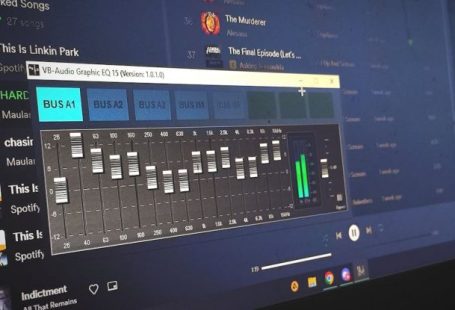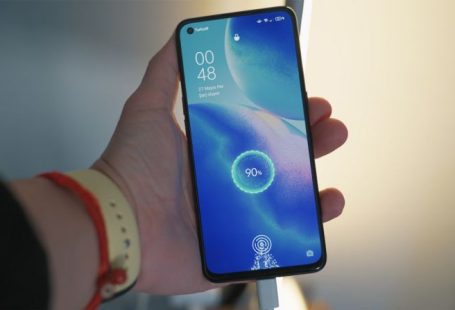With the constant advancements in technology, the way we connect our devices to each other has evolved significantly over the years. One area where this evolution is particularly evident is in the realm of micro PC connectivity options. As technology has become more compact and portable, the need for efficient and versatile connectivity solutions has grown. In this article, we will explore the evolution of micro PC connectivity options and how they have transformed the way we interact with our devices.
### The Rise of USB-C
One of the most significant developments in micro PC connectivity in recent years has been the widespread adoption of USB Type-C, or USB-C, ports. This versatile and reversible connector has quickly become the standard for many devices, including laptops, tablets, and smartphones. The USB-C port offers high-speed data transfer, power delivery, and the ability to connect to a wide range of peripherals with just one cable. Its compact size and universal compatibility have made it an essential feature for modern micro PCs.
### Wireless Connectivity
In addition to physical ports, wireless connectivity options have also played a crucial role in the evolution of micro PC connectivity. Technologies such as Bluetooth and Wi-Fi have enabled users to connect their devices wirelessly to peripherals such as mice, keyboards, and printers, reducing the need for cables and making it easier to work on the go. The convenience of wireless connectivity has revolutionized the way we use micro PCs, allowing for greater flexibility and mobility.
### Thunderbolt Technology
Thunderbolt technology has been another game-changer in the world of micro PC connectivity. Thunderbolt ports offer lightning-fast data transfer speeds, high-resolution video output, and power delivery capabilities, making them ideal for connecting external displays, storage devices, and other peripherals to micro PCs. The introduction of Thunderbolt 3 with its USB-C compatibility has further expanded the possibilities for high-speed connectivity, paving the way for new innovations in the micro PC market.
### Docking Stations
Docking stations have long been a popular choice for expanding the connectivity options of micro PCs. These devices allow users to easily connect multiple peripherals, such as monitors, keyboards, and external drives, to their micro PCs with a single cable. Docking stations come in various configurations, offering different combinations of ports to suit the user’s needs. They provide a convenient and efficient way to create a desktop-like setup with a micro PC, enhancing productivity and versatility.
### The Shift to Wireless Charging
Wireless charging technology has started to make its way into the world of micro PC connectivity, offering a convenient way to power up devices without the need for cables. With the increasing popularity of wireless charging pads and stands, users can now charge their micro PCs and other devices by simply placing them on a wireless charging surface. This shift towards wireless charging reflects the growing demand for hassle-free and cable-free solutions in the world of micro PC connectivity.
### The Future of Micro PC Connectivity
As technology continues to advance, the future of micro PC connectivity looks promising. Innovations such as 5G connectivity, advanced wireless protocols, and enhanced data transfer speeds are set to further transform the way we connect and interact with our devices. The ongoing development of smaller, faster, and more efficient connectivity options will continue to drive the evolution of micro PCs, making them even more versatile and powerful tools for work and play.
In conclusion, the evolution of micro PC connectivity options has been a journey marked by innovation and adaptability. From the rise of USB-C and wireless connectivity to the introduction of Thunderbolt technology and wireless charging, each new development has brought us closer to a future where seamless connectivity is the norm. As we look ahead to what the future holds, one thing is certain: the world of micro PC connectivity will continue to evolve, offering new possibilities and transforming the way we connect and interact with our devices.





